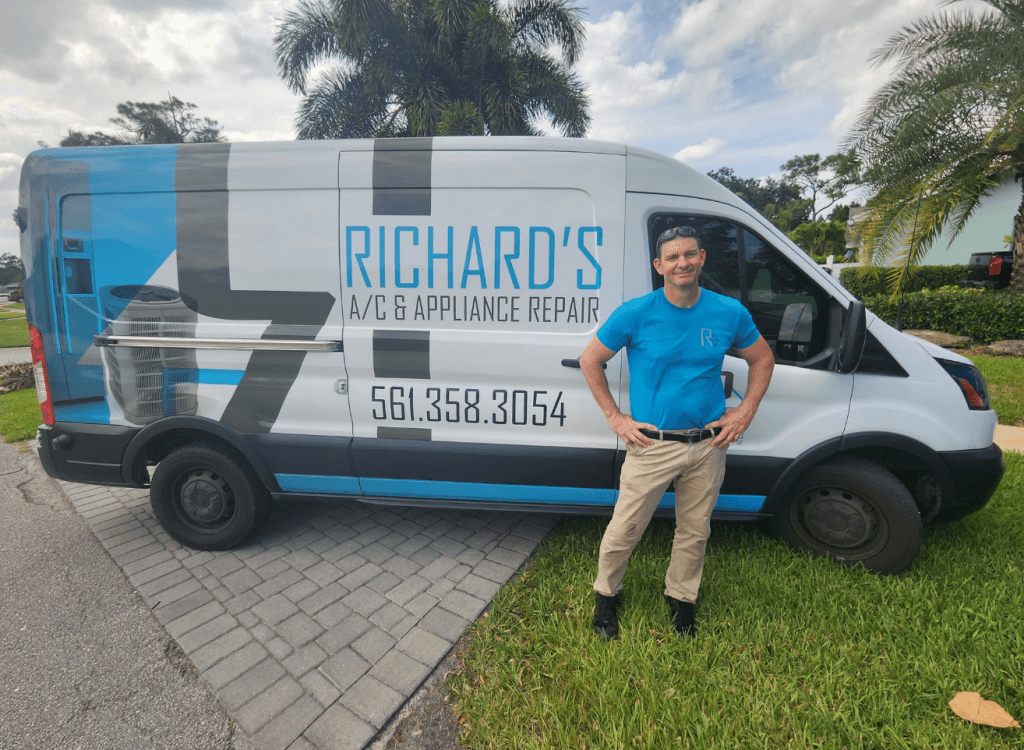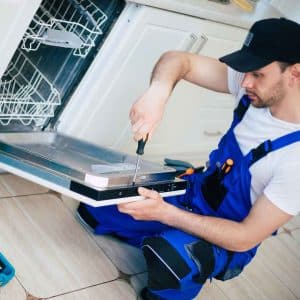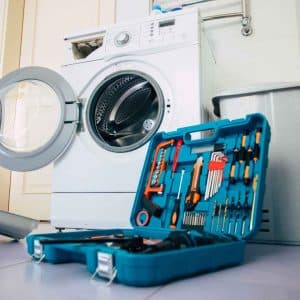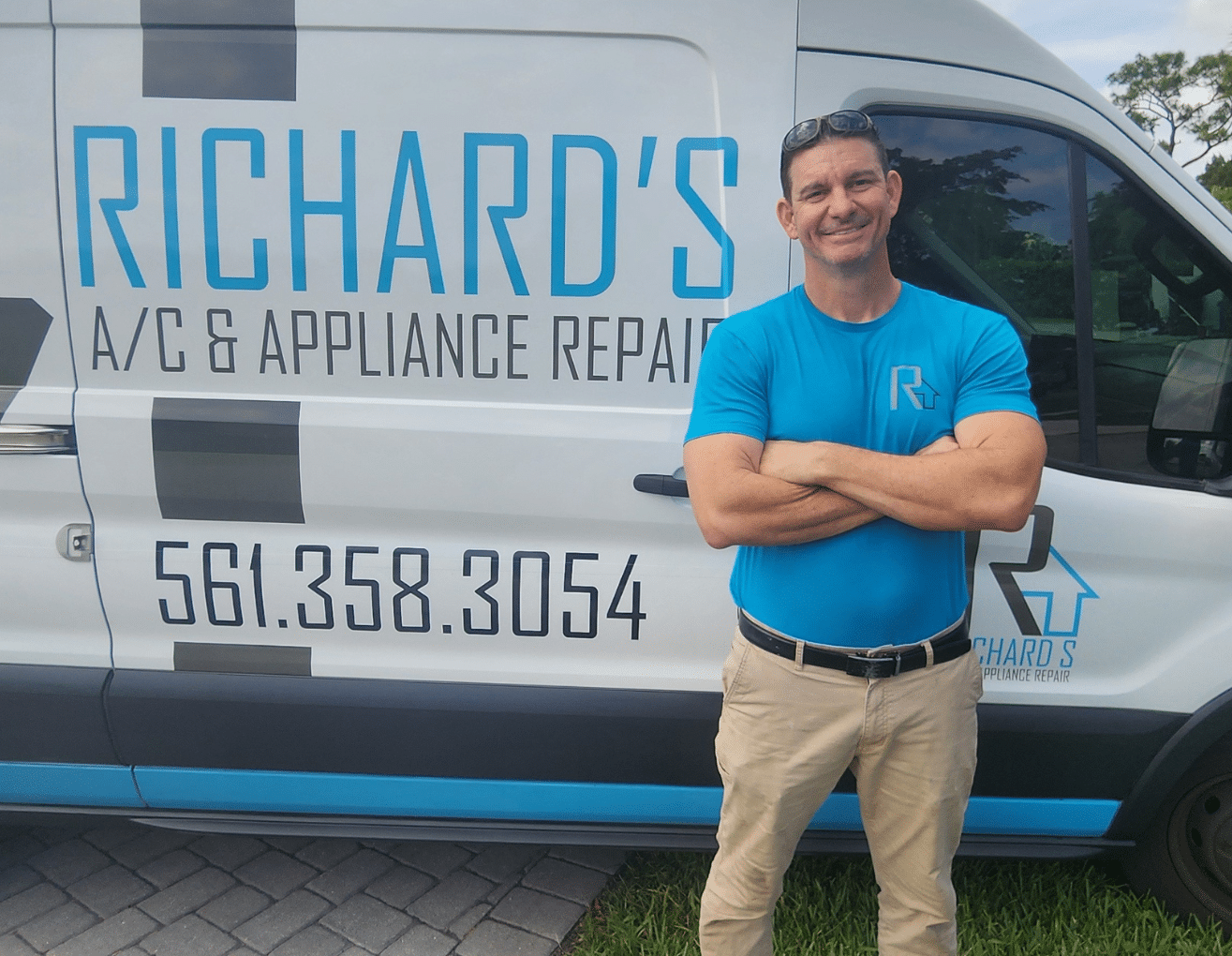In the aftermath of a hurricane or major tropical storm in Florida, a sense of relief comes once the winds die down and the rain subsides. As the community begins the recovery process, one of the first things we crave in the hot, humid, and often powerless aftermath is the cool comfort of our air conditioning. When the electricity finally flickers back on, the immediate instinct is to rush to the thermostat and crank it down.
Please, resist this urge. Turning on your air conditioner immediately after a storm without a proper inspection can be a dangerous and costly mistake. Your system’s outdoor unit has just endured high winds, torrential rain, and flying debris. Attempting to start a potentially damaged unit can cause catastrophic electrical or mechanical failure, turning a repairable issue into a full system replacement. At Richard’s AC, your safety is our top priority. This essential 5-step checklist will guide you through what to look for before you even think about flipping that switch.
The Dangers of a Premature AC Startup
It’s crucial to understand the risks you’re trying to avoid. After a hurricane, your AC system is extremely vulnerable. Starting it prematurely can lead to:
- Severe Electrical Damage: Water may have infiltrated sensitive electrical components like wiring, capacitors, relays, and circuit boards. Energizing these wet components can cause immediate short circuits, frying the system’s “brain” and creating a serious fire hazard.
- Major Mechanical Failure: The fan chamber of your outdoor unit could be filled with debris like leaves, sand, or even small branches. Starting the system can cause the fan blades to shatter as they strike this debris, potentially damaging the fan motor in the process.
- Catastrophic Compressor Failure: Attempting to run the system with internal water damage, electrical shorts, or blockages can place immense stress on the compressor—the heart of your AC. This can cause it to burn out, which is the most expensive single component to replace.
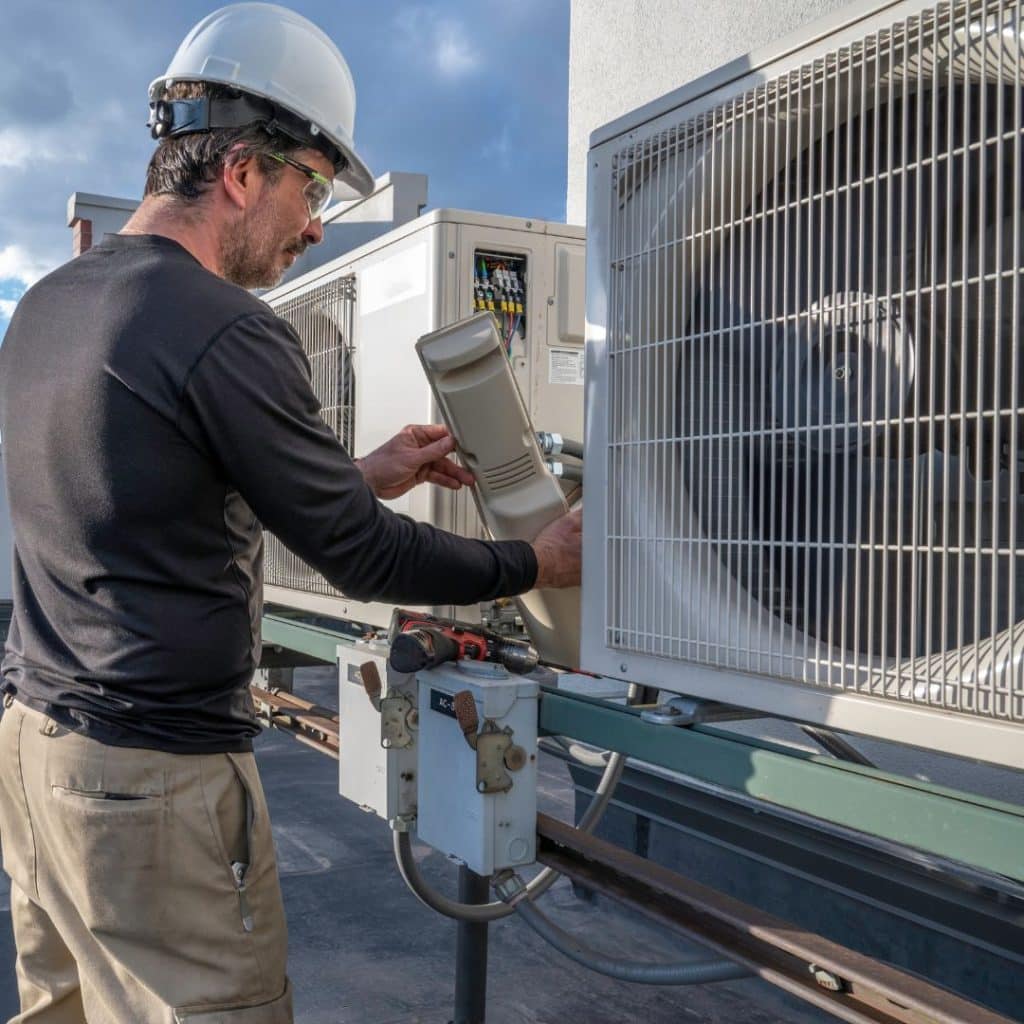
Your Post-Hurricane AC Safety Checklist
Before restoring power to your AC unit, carefully run through these five safety checks. If you fail any of these steps, do not proceed and call a professional.
1. Check for Standing Water and Flooding (The Most Critical Step)
This is the first and most important assessment. Go outside and look at your condenser unit. Was it, at any point, sitting in or submerged by standing water? Even if the water has now receded, this is a major red flag.
If your outdoor unit was flooded, DO NOT attempt to turn it on under any circumstances. Water can easily penetrate sealed electrical compartments, motors, and control panels. Even after it dries on the outside, moisture can remain trapped inside, waiting to cause a short circuit. A flooded AC unit absolutely requires a comprehensive inspection by a qualified professional from Richard’s AC to be safely assessed, dried out, and tested.
2. Visually Inspect the Outdoor Unit for Physical Damage
If the unit was not flooded, walk around it and perform a thorough visual inspection. Look for:
- Physical Dents or Dings: Check the metal casing for any signs of impact from flying debris. Significant dents could indicate potential damage to the internal components.
- Unit Position: Is the unit still level on its concrete pad? Strong winds and saturated ground can cause the pad to shift or sink. An unlevel unit will not operate properly and can cause strain on refrigerant lines and motor bearings.
- Refrigerant Lines: Inspect the copper lines that run from the condenser to your house. Look for any obvious kinks, cracks, or damage. These lines are crucial and fragile.
- Electrical Wiring: Examine the electrical conduit and wiring leading to the unit’s disconnect box. Look for any frayed, disconnected, or damaged wires.
If you see any significant physical damage, especially to the refrigerant lines or electrical wiring, consider it unsafe to operate and call a professional.
3. Clear ALL Debris From Around and Inside the Unit
our AC unit is designed for maximum airflow, and storms are experts at clogging it up. You must ensure it is completely clear before starting.
- Clear the Perimeter: Remove all leaves, palm fronds, branches, and any other debris from at least a two-foot radius around the entire unit.
- Clean the Top and Sides: Carefully remove any debris resting on top of the fan grille. Look down through the grille and use your hands or a tool (with the power OFF) to remove any debris that has fallen inside near the fan blades. This is critical to prevent the fan from shattering upon startup.
- Check the Fins: Look at the delicate metal fins on the sides of the unit. They are likely impacted with leaves, dirt, and sand. While a professional cleaning is best, you can gently brush away surface debris.
4. Wait for Power to Stabilize
When the power first comes back on after a widespread outage, it is often unstable. It can fluctuate with “brownouts” (low voltage) and “surges” (high voltage). These fluctuations are extremely dangerous for the sensitive motors and electronics in your AC. Don’t be the first person on your block to turn on a major appliance. Wait at least 30-60 minutes after your lights are on and seem stable before attempting to start your AC. This waiting period allows the power grid to stabilize and reduces the risk of damage. (As a side note, an HVAC surge protector, which Richard’s AC can install, is the best year-round defense against this.)
5. Listen Carefully During Startup
If you have cleared all the steps above and feel it is safe, you can attempt to start the system. This should be a two-person job. Have one person turn the thermostat to “Cool” inside while you stand at a safe distance from the outdoor unit. Listen intently. You should hear the familiar hum of the fan and compressor. If you hear any unusual, loud noises—such as grinding, banging, scraping, or screeching—shut the system down immediately at the thermostat and the circuit breaker. These noises indicate an internal problem that needs professional attention.
When in Doubt, Call a Professional: The Safest Choice
This DIY checklist is designed to help you spot obvious signs of trouble. However, some storm damage can be hidden from the untrained eye. There could be moisture inside a sealed electrical contactor, a small crack in a refrigerant line, or a weakened motor that is not immediately apparent. The absolute safest choice after any significant storm is to schedule a professional post-hurricane inspection.
The experienced technicians at Richard’s AC can perform a thorough diagnostic on your system. We will check all electrical components for water damage and proper function, inspect the motors and fan blades, check for refrigerant leaks, and ensure the entire system is safe to operate. This small investment in a professional check-up can provide immense peace of mind and save you from a much costlier repair.
After a hurricane, getting life back to normal is everyone’s top priority, and in Florida, a working AC is a huge part of that. By exercising patience and following this safety checklist, you can avoid turning a weather disaster into an expensive appliance disaster. Your safety and the health of your AC system are paramount.
If your home has been impacted by a storm, don’t take any chances with your AC system. Contact Richard’s AC for a professional post-hurricane inspection.
Call us! We’re here to help our Lake Worth community recover safely.
